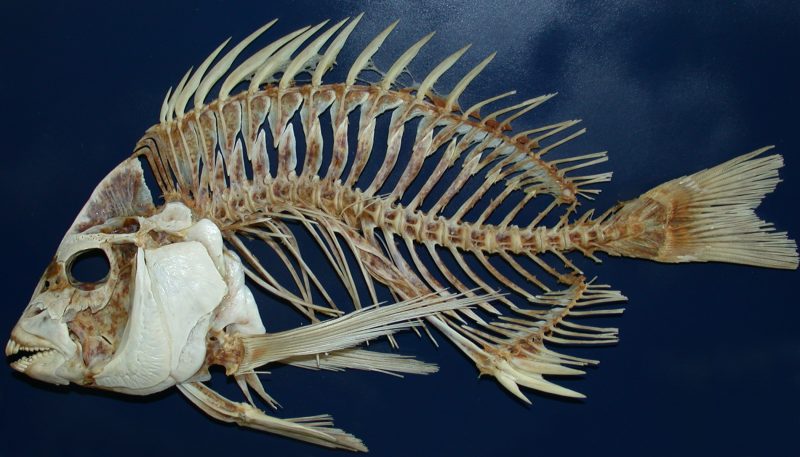Stranded at Sea – Ocean Survival Tips
Easily some of the most extraordinary survival stories of all time are the true-life stories of those who have survived for weeks if not months while lost at sea in a small raft or dingy.
The reason for this is pretty simple: resources are very scarce in the middle of the ocean. It can even be easier to survive in the middle of a hot, dry desert than in a raft in the middle of the ocean.
That being said, survival in the middle of the ocean is not at all impossible. Here are the top ocean survival tips that you need to know should you ever find yourself trapped at sea:
HOW TO FLOAT

If you happen to become separated from your lifeboat or raft, you might need to learn how to float in the open sea for an extended period of time without the aid of a life vest.
One of the best ways to float for a long period of time is by lying on your back and allowing your body to float. Just ensure that your head and the upper part of your neck are kept above the waterline. You’ll save a lot of energy this way – in contrast to paddling with your arms and legs.
COLLECTING RAINWATER AND MOISTURE

There are really only three ways to collect drinking water when you are lost at sea. The first is to collect rainwater, which you can funnel into containers using a tarp or plastic sheeting of some kind.
You can also collect the condensation that collects in your raft or dingy. The third way is to suck the liquid out of the eyes, flesh, and spine of a fish. It’s not going to taste the best, but it should be safe to drink and can help keep you at least moderately hydrated.
FOOD

Finding food is also going to be notoriously difficult if you are lost at sea. One way to catch food is to go fishing, which you can do by constructing a fishing line out of rope, string, paracord, or your shoelaces. Then, add a soda can tab, paperclip, or anything else that is sharp to serve as the hook (and if it’s shiny enough, it should act as a lure to attract fish in the first place as well).
You can also collect seaweed. Surprisingly enough, you can eat seaweed and it has a large number of the minerals and nutrients that your body needs. You may find crabs or fish entangled in the seaweed as well.
NAVIGATION

Knowing how to navigate using the stars is extremely important if you are lost at sea. Being able to navigate will help you to find land or another vessel as quickly as possible. You already know that the sun rises in the east and sets in the west, and this should help give you major direction.
From there, you can construct your north-to-south and east-to-west lines and then paddle your way in the direction that you know you will find civilization.
Alternatively, you can navigate in a more traditional and specific way by using the stars. To find the North Star, also known as Polaris, you need to look for the Big Dipper, which is located in the Ursa Major Constellation. Draw a line (mentally) that connects the stars at the end of the bowl of the Big Dipper. Proceed to extend that line five times its size, and you will arrive at Polaris, which should be noticeably brighter than all of the other stars.
TURN OVER A CAPSIZED BOAT OR RAFT

Your chances of survival in the open ocean will always be much greater if you are in a raft or boat of some kind. This is exactly why you need to know how to turn back over a boat or raft that capsizes.
To do this, you will need to climb onto the hull of the overturned vessel. Grab the keel and then lean back, utilizing your weight to help flip the boat back over.
Once it is back over, climb back aboard and toss out as much of the onboard water as you can.





